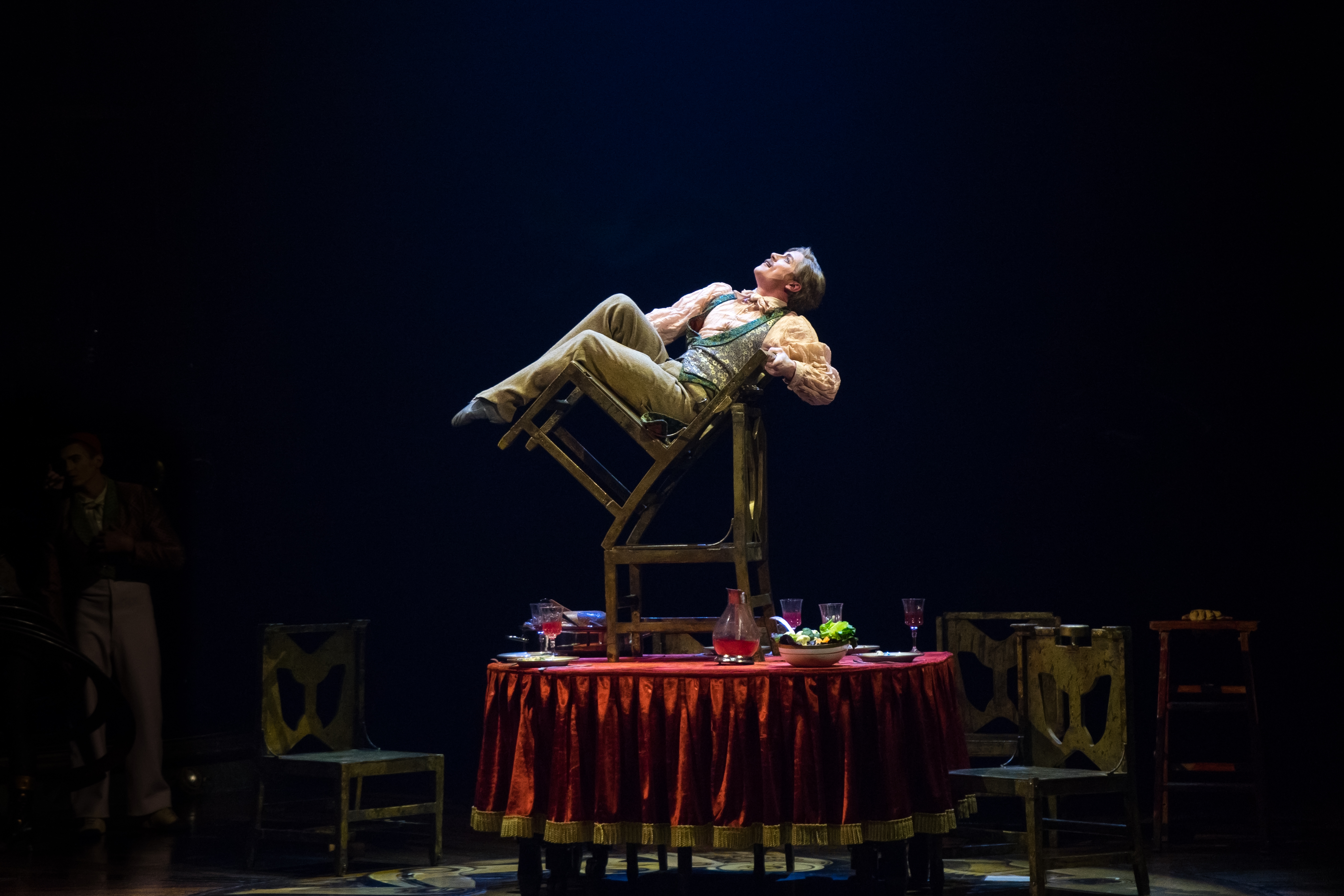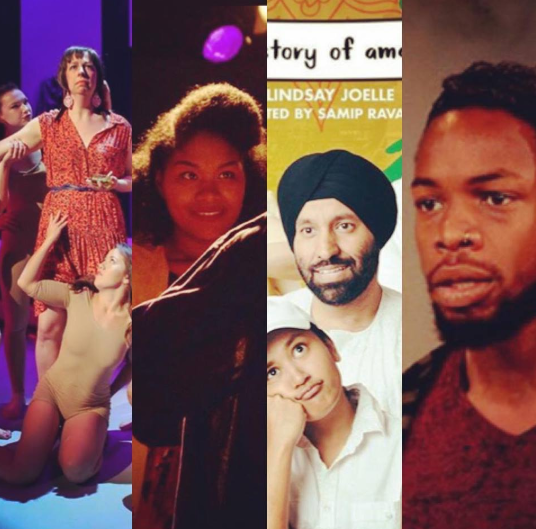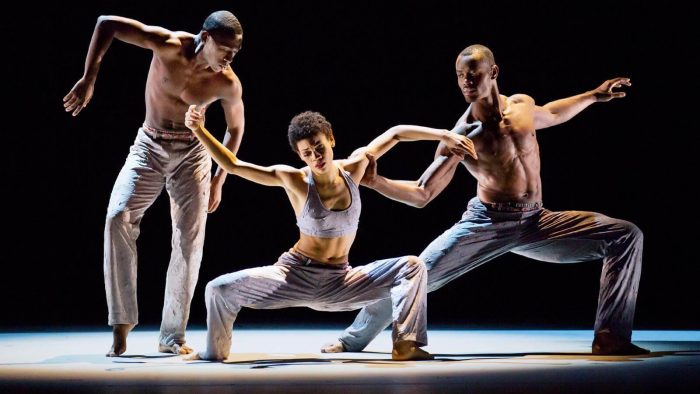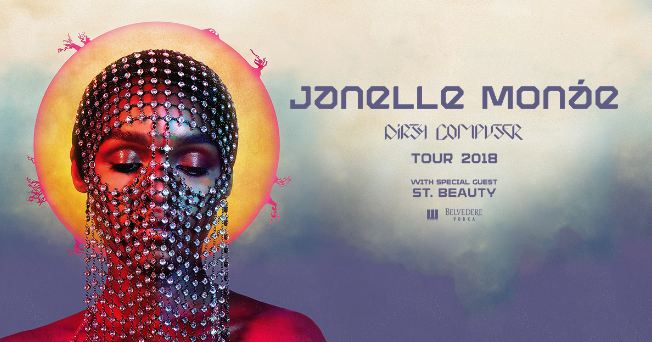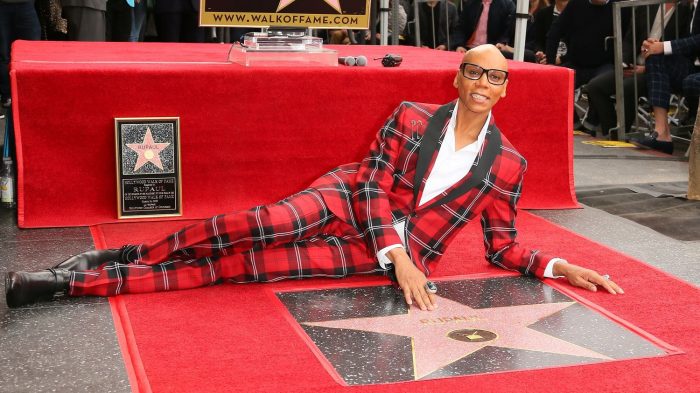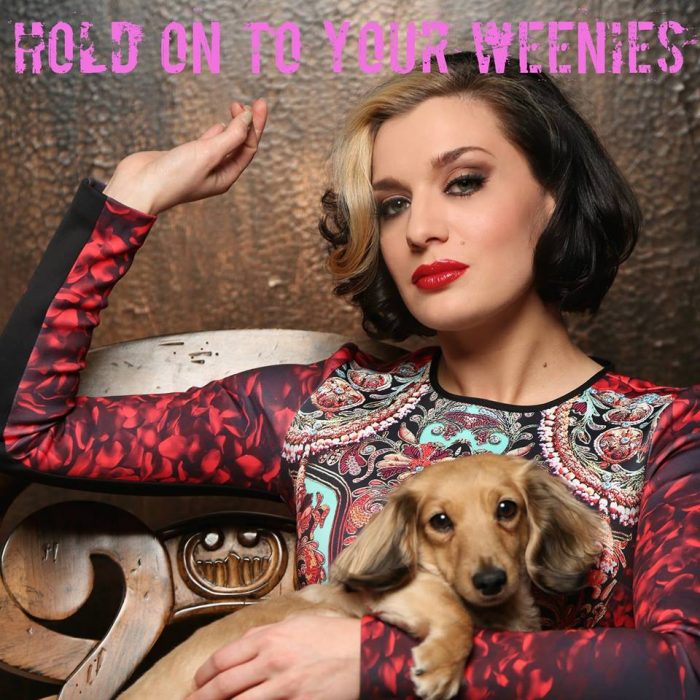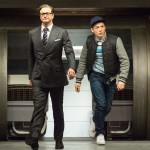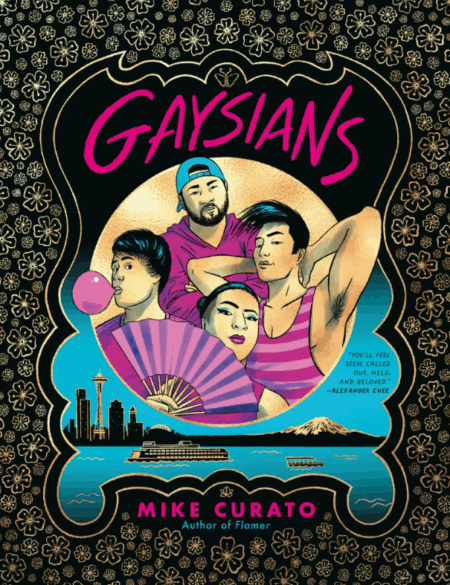Swoosh! Whee! Spin and frolick and leap and HOLY SHIT HOW’D HE DO THAT??
That’s what you’ll be saying in your head as you watch the spectacular Cirque du Soleil: Kurios show at Marymoor Park. You only have one week left (till the 22nd), so grab your tickets NOW, dammit!
I cannot begin to describe to you the sheer visual splendor that this particular Cirque is. It is beautiful, fleeting, mind-bending, and perfect. To say it is awe-inspiring, as plenty of reviewers like to say, would do the show a disservice. The story? Says the press kit: “In an alternate yet familiar past, in a place where wonders abound for those who trust their imagination, a Seeker discovers that in order to glimpse the marvels that lie just below the surface, we must first learn to close our eyes. In his larger-than-life curio cabinet, the Seeker is convinced that there exists a hidden, invisible world – a place where the craziest ideas and the grandest dreams lie waiting. A collection of otherworldly characters suddenly steps into his makeshift mechanical world. When the outlandish, benevolent characters turn his world upside down with a touch of poetry and humor in an attempt to ignite the Seeker’s imagination, his curios jump to life one by one before his very eyes. What if by engaging our imagination and opening our minds we could unlock the door to a world of wonders?”
I had the extraordinary pleasure to speak with Kurios’ company manager, Yannick Spierkel. He was kind enough to answer some basic questions in his delightful French accent.
What’s your favorite part of the show?
I think the fact that this show has a moment where there’s a lot of people on stage. I think this brings a very different synergy than other shows where it’s often just acts one after each other. The 46 artists are often all the time on stage…so the push at the beginning is always interesting because most of the cast is there.
What do you hope the audience takes away from the experience?
When the Michel Laprise, the director, created the show, he wanted it to be a happy moment. …The show sets itself at the end of the 1800s, early 1900s. It was a moment in history where a lot of things were possible. A lot of…discoveries happened at that moment. He wanted…people to be happy, to…have imagination that things could go better, that things could be positive, around the entire world. That was something he had in mind, and for sure, people come out of the show being very, very happy.
I did see some Steampunk influence…
Yes.
Do the artists channel a lot of that mentality as they perform?
I think a lot of us just pushed discovery, when this creation happened, so it was not necessarily a feeling people had. But now I see people during premiere parties, they wear steampunk…not the costumes they have on stage, but the new costumes that people go and purchase. So yes, some people get that influence. And some of them were already big fans of steampunk.
How long do the performers have to train for each show?
The creation process for a new show is two years. So when literally the artist arrives maybe 4-6 months before the opening of the show. And all the …artists train with the technicians. It’s a very crash moment where a lot of different activities happen at our head office in the studios, and this is generally from January to March-April, and then the last month is in the Big Top, and then we just train train train train. So they usually come with a great background, but literally the staging with the director of the show is 4-6 months.
And then what do the performers do before Cirque? What do they have to do to be a part of Cirque?
What’s interesting about our show is that probably 60% of the cast have worked with Cirque de Soleil in the past in another show, which is not always the case. …So here you have people coming from traditional circus families, people coming from competitions, like Olympics. Or we have people from circus school. Our juggler is out of circus school and we hired him. While we have people in Rola Bola, one of the acts, he’s coming from a traditional circus family, it’s all his life. It’s what you bring, and it’s what the director is looking to do a specific act. They decide which act and then they associate the artist to the act they’re looking for. Most of the time that’s the process. They will decide which act is better in the storyboard of the show, and then they will find an artist to fulfill that.
How many people, total, travel with each show?
Forty-six artists, also 63 technicians and support staff. So 109 traveling around the world. We see here two kids, we have a show member following with their family. But we’re 109 following. We’re coming from 21 different countries, hence my accent (French). …It’s challenging sometimes to put all the cultures together and the values and how people approach the situation differently, but that makes the fun of it.
Do any of the artists try to do different Cirque shows throughout the year, or is it more like they’re set and committed to one show for a long time?
Most of the time they will be assigned; they have one-year contracts. So although we meet yearly to see if we continue this partnership with each artist. Most of them will continue. I’ve seen some people say “I want to do something else” or I see…opportunities in other shows. Sometimes they move. I’ve seen people doing…similar types of performances from shows to shows. I’ve also seen people totally changing their focus, and learning a new art and being able to perform something else. We have the opportunity to do nine shows in Las Vegas, so when people are tired of traveling, sometimes they try to get into Vegas, but the cast over there is quite stable. They each have an opening to do something else.
So is there something we should be keeping our eyes on for the show? Either definitely outstanding or very subtle we should pay attention to?
I think one of the acts that is very different is an act we’ve never had, is literally an act we built in-house. In the beginning of the second half…this is very out of the usual training. This is very particular. It is not a trampoline. It is literally a net that is being stretched at four points and if there was only one of the performers on the net who could not bounce, he needs five or six others to push the net for that person to fly twenty feet in the air. So it is very interesting and fresh. So you won’t miss it, it takes up the whole stage. …The director, Michel Laprise, really wanted to have more intimate moments, so although there are still very high acrobatic acts, there are some that are more poetic. The…hand puppetry, you’re going to see it’s something we’ve never done. But it is unusual for a circus show to present something like that. It is all with his hands and a camera and it is being shown to the public. This is very unusual.
Did you actually have to invent something for the new aspects?
We use the creation to do trial and error, research and development, if you want to call it this way. So there’s things that we’ve tried for the show that are not there anymore. So we try new acts and bring new art…so we use our creation to do that.
****
After the interview and a pricey dinner at Spazzo’s, the Big Top awaited. “It is also the first time at Cirque du Soleil that we have a welcoming act on top of the Big Top before the show starts. When the weather is allowing us, we have 3 artists climbing the big top and welcoming our guests on site. As they are playing music and acting the audience is arriving on site and watching this introduction to a KURIOS experience.”-press kit. I didn’t see it myself, but when I took my seat the Kurios characters were moving through the audience. The opening act featured all of the artists on stage performing various feats of wonder to the live music. And that music! It was haunting and fun, with an ache of childlike innocence—imagine if John Williams and Danny Elfman had a love child. Kind of like that, only better because there was a beautiful woman in Victorian garb providing splendid vocals. By the end of the first half, you definetely feel every bit of optimism and hope that Laprise tries to convey. Picture yourself being transported back in time when technology moved almost as fast as it does today, only instead of our current copy-and-paste culture, there were no limits to what it seemed we could accomplish.
The second half builds on the first, and your eyes are immersed in nothing but joy. The sheer perfection of the timing with movement and music, coupled with an intensely specific balance between symmetry and asymmetry, cannot be described so much as felt. In the end, you’ll see an overwhelming theme of merging human with machine, a common steampunk idea made more bittersweet through acrobatics, puppetry, and dance.
And I’ll give you a little spoiler: “Antanina Satsura, the artist who plays Mini Lili in Kurios, is 3.2 feet tall andweighs 39 pounds. She is one of the 10 smallest people in the world.”
I do hope those of you with steampunk inclinations have either already seen Kurios or have already bought tickets to an upcoming performance. This is not to be missed! (Plus, gay guys…you’ll have more than your share of eye candy.) We have no idea when Kurios will come back to Seattle, let alone any Cirque show. Do it! Get your eyes off this screen and watch something real!
Also: see MORE photos from Kurios, all taken by Dominic!
P.S. This girl has my heart.


